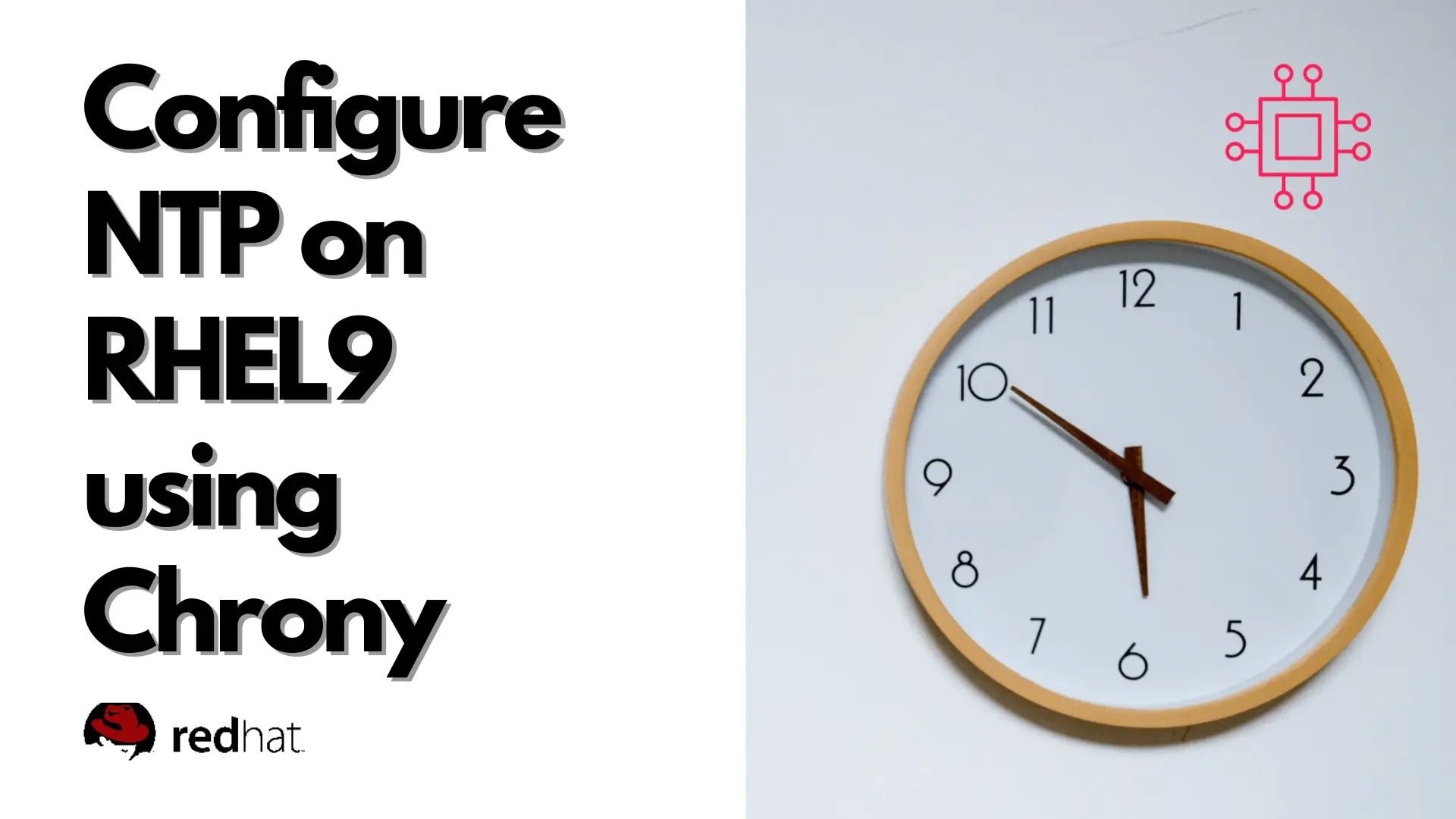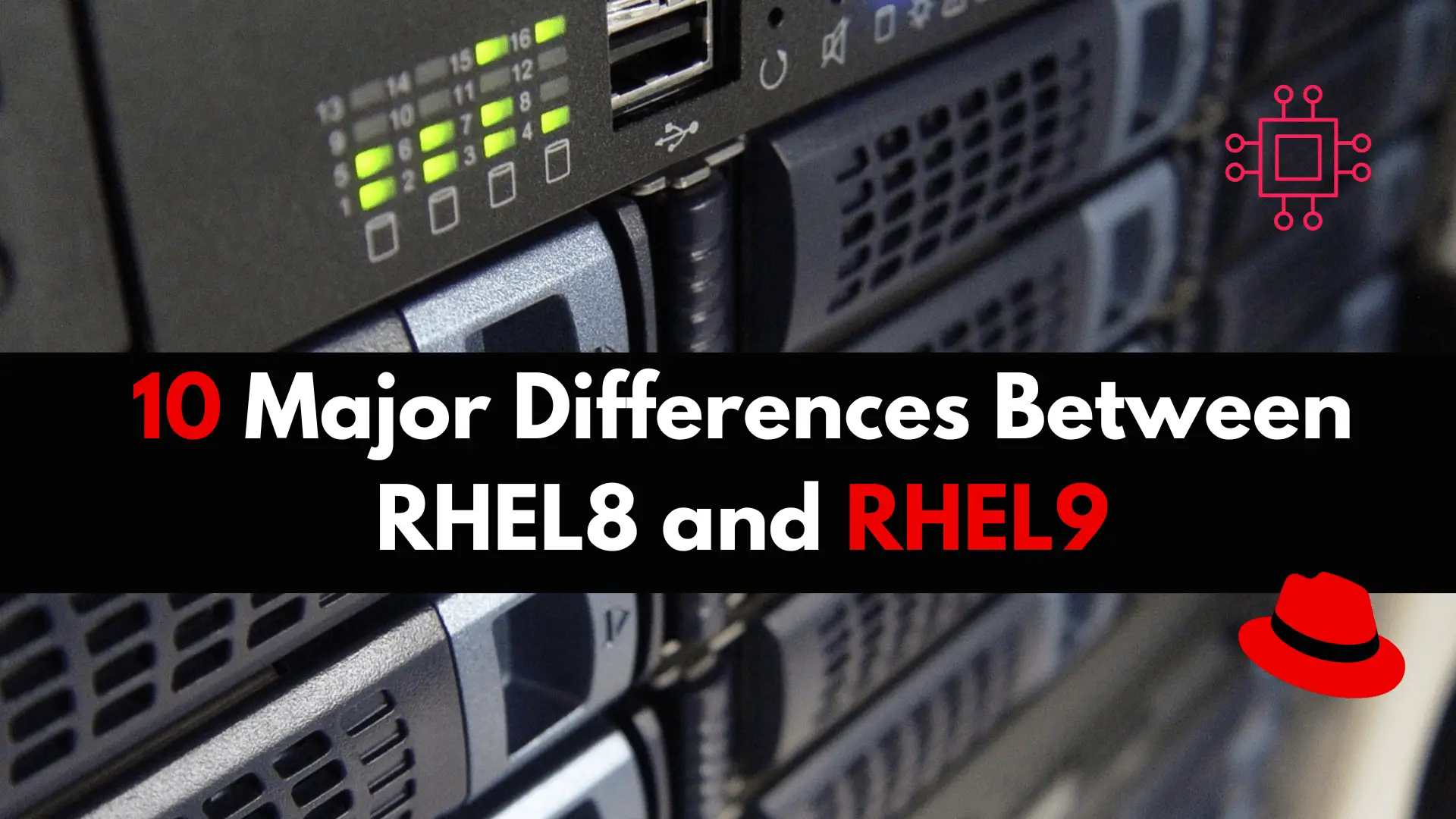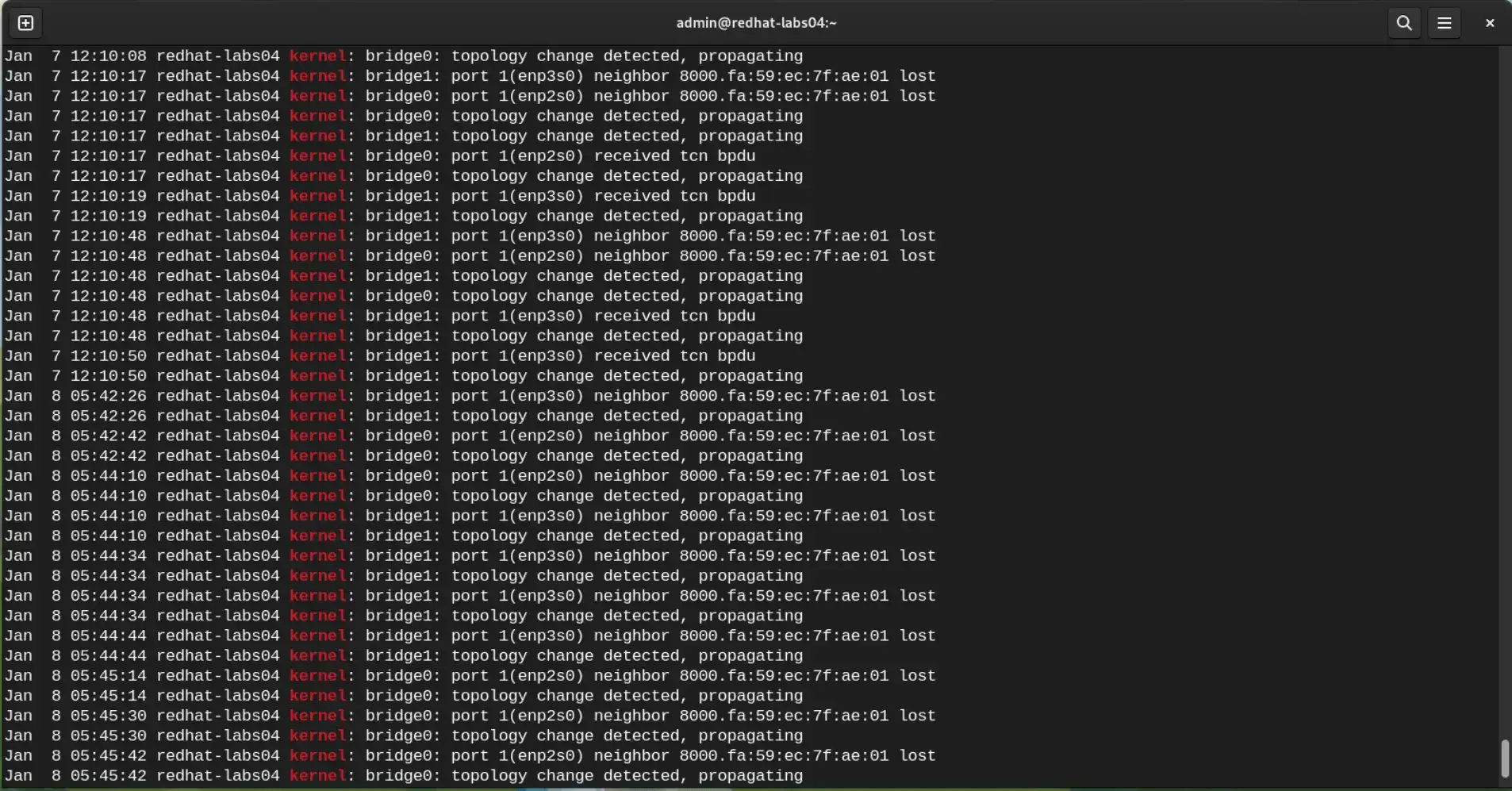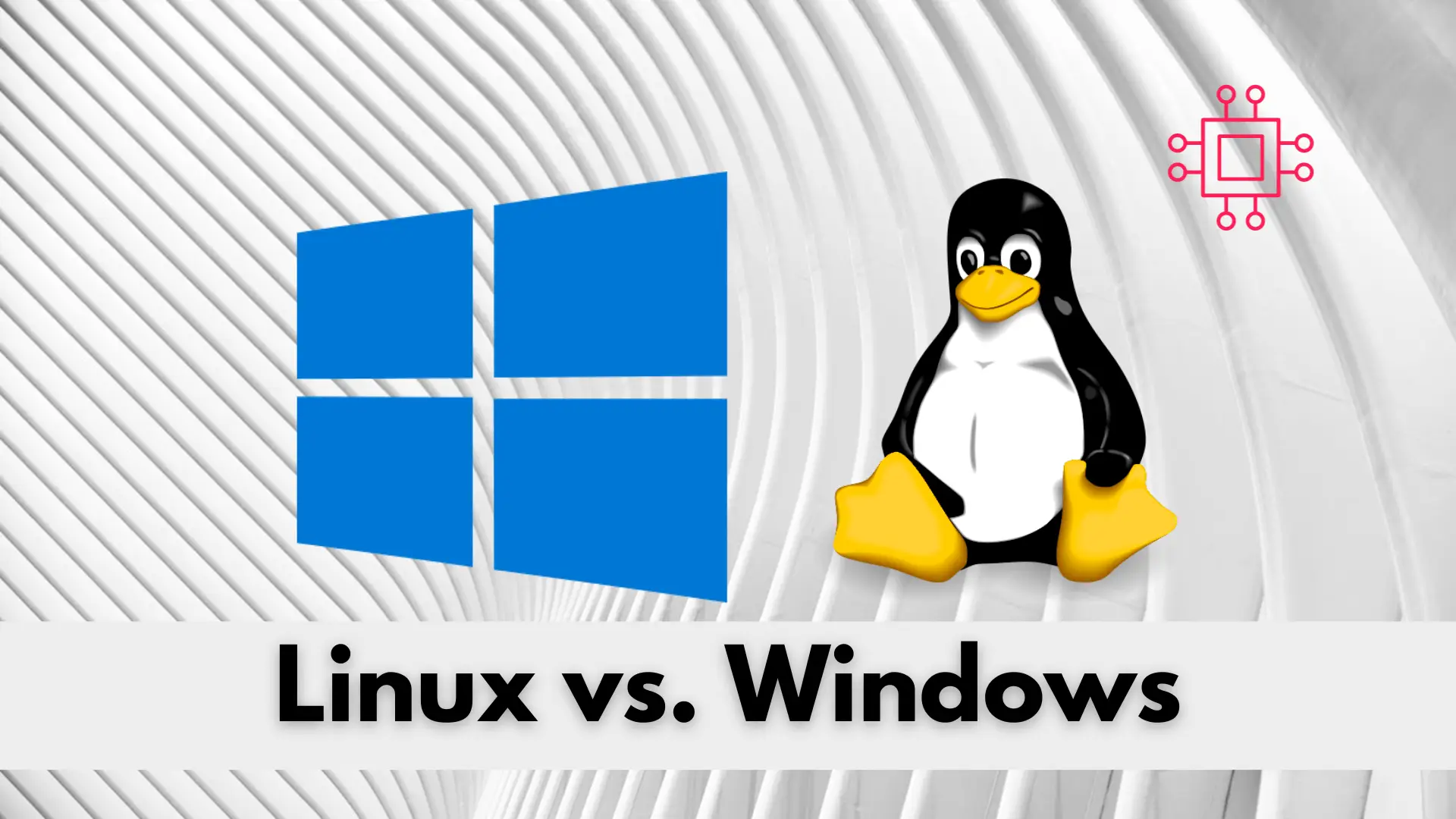
In this article, we will review how to configure NTP on RHEL9 using chrony. We will focus on the server-side setup and finish with the

Discover the major differences between RHEL 8 and RHEL 9 and review the latest version’s enhancements in performance, security, and containerization support. RHEL 9 introduces significant improvements, making it an exciting and compelling choice for Linux professionals aiming to stay current with the latest features and capabilities.
Red Hat Enterprise Linux (RHEL) is a popular enterprise Linux distribution used by many organizations around the world. RHEL 8 was released in May 2019, while RHEL 9 was released in May 2021. Here are ten ways in which RHEL 9 differs from RHEL 8.
One of the most significant differences between RHEL 8 and RHEL 9 is the kernel version. RHEL 8 uses the 4.18 kernel, while RHEL 9 uses the 5.4 kernel. The newer kernel provides better performance and improved security features.

Photo by admingeek from Infotechys.com
RHEL 9 offers improved performance and scalability compared to RHEL 8. This is due to the inclusion of new features such as Control Groups v2 (cgroupsv2) and eBPF (extended Berkeley Packet Filter). These features allow for better resource management and monitoring, making it easier to manage large-scale deployments.
RHEL 9 includes several new security features that were not available in RHEL 8. These features include Kernel Runtime Guard (KRG), which protects the kernel against tampering and exploitation, and System Roles, which enable administrators to implement best practices for security configuration.
Containerization is becoming increasingly popular, and RHEL 9 provides better support for containerization than RHEL 8. The newer version includes Podman, a tool for managing containers without requiring a container daemon, as well as Buildah, a tool for building container images.
RHEL 9 includes newer versions of popular programming languages such as Python 3.9, Ruby 3.0, and Node.js 14. These updated versions offer better performance, security, and developer productivity.
RHEL 9 provides a new framework for managing cryptographic policies across the system, making it easier to enforce consistent security policies for cryptography.
RHEL 9 includes improvements for the ARM architecture, including support for 64-bit ARM (aarch64) and better performance on ARM-based systems.
RHEL 9 includes improvements to containerization and orchestration, making it easier to deploy and manage applications in cloud-native environments such as Kubernetes.
RHEL 9 introduces a new System Role Management Tool that simplifies the process of managing system roles, making it easier to ensure systems are configured according to best practices.
RHEL 9 includes new tools such as perf-annotate and perf-diff, which provide better visibility into system performance and make it easier to analyze and troubleshoot performance issues.
RHEL 9 offers several improvements over RHEL 8, including a newer kernel version, improved performance and scalability, enhanced security features, better containerization support, and updated programming languages. A detailed accounting of new RHEL9 features can be found on the official Red Hat Website. These features make RHEL 9 an excellent choice for enterprise Linux users who require the latest and greatest features and capabilities.
Related Posts

In this article, we will review how to configure NTP on RHEL9 using chrony. We will focus on the server-side setup and finish with the

If you’re deciding between Linux and Windows for your next operating system, knowing the key differences between the two could save you time, money, and

Are you curious about whether Linux is the right choice for your desktop? This article delves into the Pros and Cons of Running Linux on
